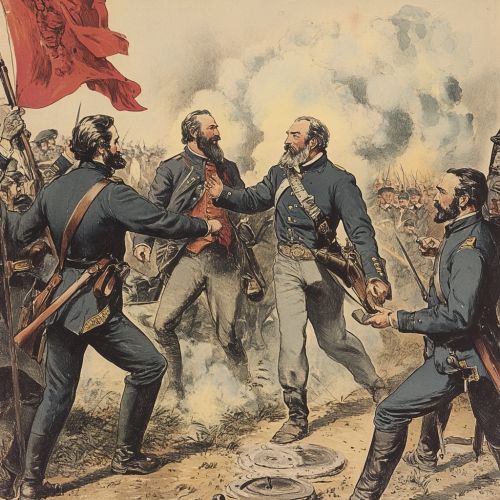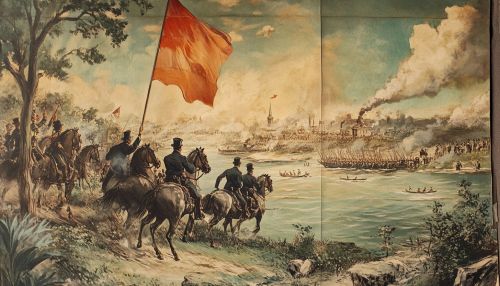Harper's Weekly
Harper's Weekly


Harper's Weekly, a prominent American periodical, was published by Harper & Brothers from 1857 to 1916. The magazine played a significant role in American journalism, particularly during the American Civil War, and was known for its political cartoons, illustrations, and comprehensive news coverage.
Founding and Early Years
Harper's Weekly was established in 1857 as a complement to the successful monthly publication Harper's Magazine. The weekly periodical aimed to provide a more timely and comprehensive news source, featuring a mix of news articles, essays, fiction, and illustrations. The magazine quickly gained a reputation for its high-quality content and became a staple in American households.
The early years of Harper's Weekly were marked by a focus on domestic and international news. The publication covered a wide range of topics, including politics, social issues, and cultural events. The magazine's editors and contributors were committed to providing readers with accurate and insightful reporting, which helped to establish Harper's Weekly as a trusted source of information.
The Civil War Era
The American Civil War (1861-1865) was a defining period for Harper's Weekly. The magazine's extensive coverage of the war, including detailed reports from the front lines, political analysis, and vivid illustrations, made it an essential resource for readers seeking to understand the conflict. Harper's Weekly employed correspondents and artists who traveled with the Union and Confederate armies, providing firsthand accounts and visual documentation of battles, military life, and key events.
One of the most notable contributors during this period was Thomas Nast, a political cartoonist whose work had a profound impact on public opinion. Nast's cartoons, which often depicted the horrors of war and the moral issues surrounding slavery, helped to shape the national discourse. His illustrations of figures such as Abraham Lincoln and Ulysses S. Grant became iconic representations of the era.
Post-War Period and Reconstruction
Following the end of the Civil War, Harper's Weekly continued to play a significant role in American journalism. The magazine's coverage of the Reconstruction Era (1865-1877) provided readers with insights into the challenges and changes facing the nation. Harper's Weekly reported on the political, social, and economic issues of the time, including the struggles of newly freed African Americans, the rise of the Ku Klux Klan, and the efforts to rebuild the South.
During this period, Harper's Weekly also expanded its focus to include more cultural and literary content. The magazine published works by prominent authors such as Mark Twain, Charles Dickens, and Henry James, further cementing its reputation as a leading literary publication.
The Gilded Age and Progressive Era
The late 19th and early 20th centuries, known as the Gilded Age and Progressive Era, were times of significant social and political change in the United States. Harper's Weekly continued to adapt to the evolving landscape, covering issues such as industrialization, urbanization, and the rise of labor movements. The magazine's investigative journalism and in-depth reporting on topics such as political corruption, economic inequality, and social reform resonated with readers.
Harper's Weekly also maintained its tradition of powerful visual storytelling. The magazine's illustrations and political cartoons provided a compelling commentary on the issues of the day. Artists such as Joseph Keppler and Bernhard Gillam contributed to the publication's visual impact, using their work to highlight social injustices and advocate for change.
Decline and Legacy
Despite its success and influence, Harper's Weekly faced challenges in the early 20th century. The rise of new media, including radio and motion pictures, as well as increased competition from other periodicals, led to a decline in readership. In 1916, Harper's Weekly ceased publication, marking the end of an era in American journalism.
The legacy of Harper's Weekly, however, endures. The magazine's contributions to American culture, particularly its role in shaping public opinion during the Civil War and Reconstruction, are widely recognized. The publication's extensive archives, which include thousands of illustrations, articles, and cartoons, continue to be a valuable resource for historians and researchers.
